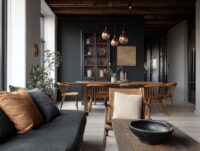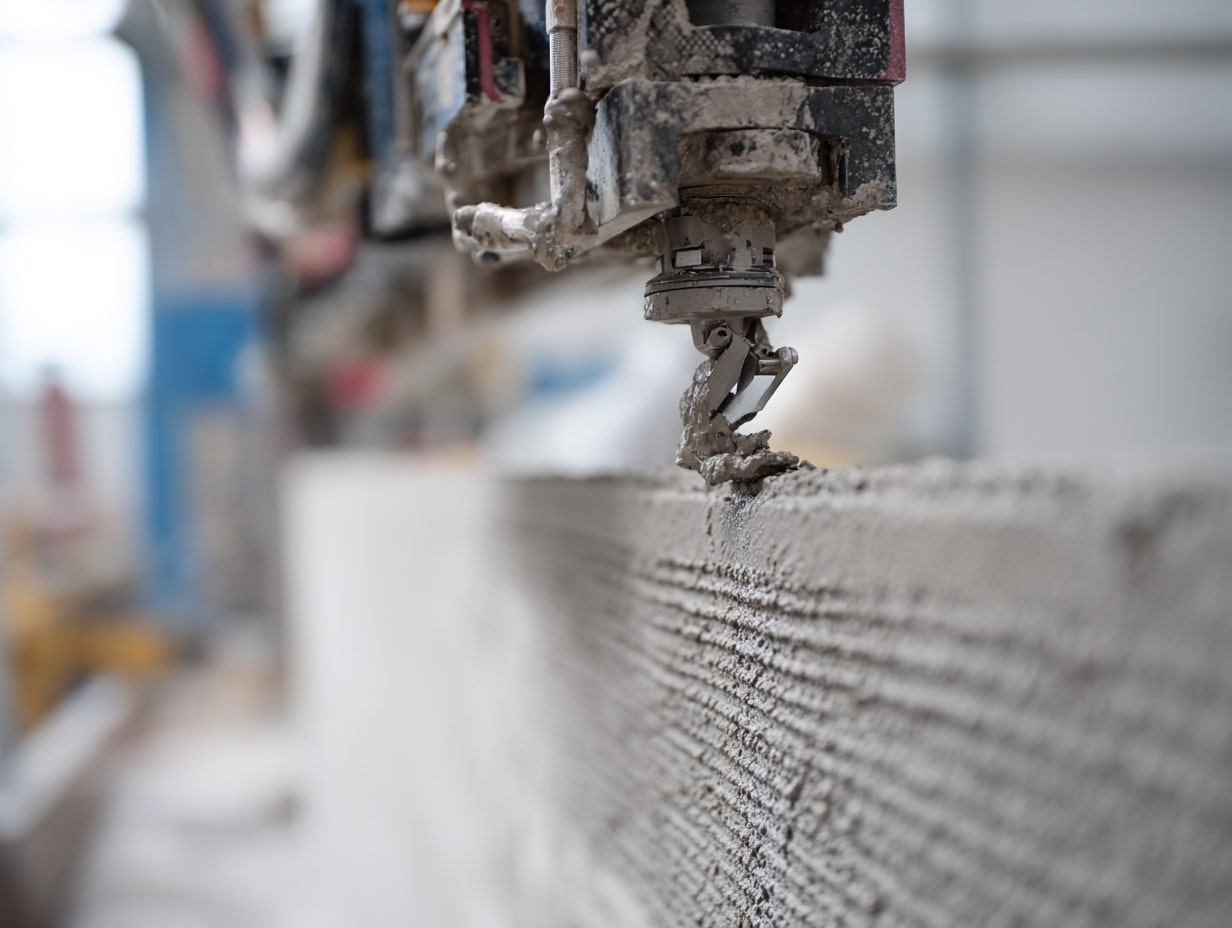- Home
- Articles
- Architectural Portfolio
- Architectral Presentation
- Inspirational Stories
- Architecture News
- Visualization
- BIM Industry
- Facade Design
- Parametric Design
- Career
- Landscape Architecture
- Construction
- Artificial Intelligence
- Sketching
- Design Softwares
- Diagrams
- Writing
- Architectural Tips
- Sustainability
- Courses
- Concept
- Technology
- History & Heritage
- Future of Architecture
- Guides & How-To
- Art & Culture
- Projects
- Interior Design
- Competitions
- Jobs
- Store
- Tools
- More
- Home
- Articles
- Architectural Portfolio
- Architectral Presentation
- Inspirational Stories
- Architecture News
- Visualization
- BIM Industry
- Facade Design
- Parametric Design
- Career
- Landscape Architecture
- Construction
- Artificial Intelligence
- Sketching
- Design Softwares
- Diagrams
- Writing
- Architectural Tips
- Sustainability
- Courses
- Concept
- Technology
- History & Heritage
- Future of Architecture
- Guides & How-To
- Art & Culture
- Projects
- Interior Design
- Competitions
- Jobs
- Store
- Tools
- More
How Color and Light Affect Our Emotions in Building Spaces
Discover how color and light shape our emotions in spaces! This article explores the psychology behind hues and illumination, offering insights into creating environments that inspire and uplift. From calming blues in offices to energizing yellows in cafés, learn how strategic design can enhance mood and productivity.

Color and light shape our experiences in profound ways, especially within the spaces we inhabit. When we step into a building, the hues on the walls and the quality of light filtering through windows can instantly influence our emotions and perceptions. From the calming blues of a serene office to the energizing yellows of a vibrant café, these elements play a crucial role in how we interact with our environment.
Understanding the psychology behind color and light can help us create spaces that not only look good but also feel good. By harnessing the power of these visual elements, we can enhance our well-being and productivity. Join us as we explore the fascinating relationship between color, light, and our feelings in buildings, and discover how to transform any space into a haven of comfort and inspiration.

Table of Contents
ToggleUnderstanding Color Psychology
Colors affect our emotions and perceptions in profound ways. By exploring color psychology, we can create environments that enhance our experiences and well-being.

The Impact of Color on Mood
Color can significantly influence our mood. Warm colors like red and orange often evoke feelings of warmth and excitement, making them suitable for social spaces. Cool colors like blue and green promote calmness and relaxation, ideal for areas meant for reflection or work. For instance, research shows that exposure to sunlight and yellow tones can enhance creativity and productivity, while softer shades can reduce stress levels.
Color Associations and Emotions
Different colors carry specific associations and elicit distinct emotional responses.
- Red: Conveys passion and urgency, often used in marketing to grab attention.
- Blue: Indicates tranquility and trust, frequently utilized in healthcare settings to instill calm.
- Green: Represents nature and harmony, making it a popular choice for wellness spaces and living areas.
- Yellow: Evokes happiness and energy, often found in social hubs to stimulate conversation.
- Purple: Suggests luxury and creativity, enriching artistic environments.
- Black: Symbolizes sophistication and elegance, commonly seen in modern design.
Understanding these associations helps us select colors that align with our desired emotional outcomes in various spaces.
The Role of Lighting in Architecture
Lighting significantly shapes our emotional responses in architectural spaces. By understanding different lighting types and qualities, we can enhance our environments to better influence mood and behavior.

Natural Light vs. Artificial Light
Natural light enhances spaces in numerous ways. Exposure to sunlight improves mood, boosts creativity, and regulates our circadian rhythms. Architectural designs that incorporate large windows or skylights maximize daylight while reducing reliance on artificial sources. Conversely, artificial light offers flexibility and control. We can tailor its intensity and color temperature to suit specific activities or atmospheres. For example, warmer hues in the evening create a relaxing ambiance, while brighter, cooler tones invigorate our spaces during the day.
The Effects of Light Quality
Light quality, defined by its intensity, color temperature, and direction, plays a crucial role in our experiences. High-quality light mimics daylight, providing better color rendering and enhancing visual clarity. Soft, diffuse light decreases harsh shadows and glare, resulting in a more inviting atmosphere. In contrast, stark, direct lighting can lead to feelings of discomfort or anxiety. We often find that varying light quality throughout a space creates visual interest and emotional engagement, reinforcing the importance of thoughtful lighting design in architecture.
The Interplay Between Color and Light
Color and light work in tandem to shape our feelings and perceptions within buildings. The way we perceive color shifts based on the lighting conditions, influencing our emotional experience in any given space.

Color Perception Under Different Lighting Conditions
Color perception varies significantly under different light sources. Natural light, with its full spectrum, reveals the true colors and enhances vibrancy. For instance, a sunny day can make greens appear brighter and blues more vivid. Conversely, artificial light sources, such as incandescent or fluorescent, alter color appearance. Incandescent bulbs, with their warm tones, can make reds and oranges seem richer, while fluorescent lights often create cooler and harsher renditions of colors.
Additionally, light intensity affects our perception. In low light, colors may appear muted or even lose their identity. Understanding these nuances allows designers to select appropriate color palettes that resonate with the intended mood of a space, ensuring that colors align with the expected emotional responses.
Creating Atmosphere Through Color and Light
Atmosphere within a space hinges on the harmonious blend of color and light. Warm colors, like reds and yellows, foster energy and enthusiasm, making them ideal for active environments such as kitchens or play areas. Cool colors, such as blues and greens, promote relaxation and concentration, making them suitable for offices and reading rooms.
Lighting significantly complements these color choices. Soft, diffused lighting can enhance warm colors, creating a cozy environment, while bright, focused lighting can emphasize cooler tones, fostering clarity and focus. By strategically combining color and light, we can craft spaces that not only engage aesthetically but also evoke specific emotional reactions, enhancing overall well-being.
Practical Applications in Design
Understanding color and light’s effects empowers us to create spaces that enhance our emotional experiences. By applying these principles, we can design environments that elevate mood and productivity while providing comfort.

Case Studies of Effective Spaces
- Corporate Offices: In multiple tech companies, we find open-plan offices featuring calming blues and greens. These environments encourage focus and creativity, leading to increased job satisfaction. For instance, Google’s use of natural light and green plants enhances employee well-being.
- Healthcare Facilities: Hospitals often incorporate soft colors like lavender and light yellow, promoting relaxation. Research from healthcare design studies indicates that patients in colorful, well-lit rooms experience less stress and recover more quickly.
- Cafés and Restaurants: Many successful eateries utilize energizing yellows and warm oranges in their interiors. For example, a local café’s use of bright colors combined with warm lighting creates a cheerful atmosphere, enticing customers to linger longer.
- Educational Spaces: Classrooms that utilize vibrant colors have shown to improve student engagement and learning outcomes. Studies reveal that schools with colorful decor and ample natural light encourage better focus and academic performance.
Tips for Implementing Color and Light in Buildings
- Assess Purpose and Usage: Define the space’s function before selecting colors and lighting. Identify how users will interact within the environment to inform design choices.
- Prioritize Natural Light: Maximize windows and skylights to harness natural light. This strategy not only enhances color perception but also improves mood and productivity.
- Choose Color Schemes Wisely: Utilize color psychology principles when selecting palettes. Warm colors can energize common areas, while cool tones work best in private spaces intended for rest.
- Incorporate Lighting Variability: Implement adjustable lighting solutions that allow users to change intensity and color temperature. This flexibility can cater to various activities and emotional needs throughout the day.
- Utilize Textures and Materials: Combine colors with different textures and materials to enhance visual interest and emotional responses. For example, pairing matte finishes with vibrant colors can create a balanced atmosphere.
- Conduct User Feedback: Gather insights from occupants to assess emotional responses to color and lighting choices. Utilize this feedback to make necessary adjustments for optimized environments.
Conclusion
Recognizing the influence of color and light on our feelings in buildings provides us with powerful tools for design. By understanding color psychology, we can align color choices with desired emotional outcomes. For instance, using warm colors can energize spaces, while cooler tones can foster relaxation.
Emphasizing natural light enhances not only aesthetics but also our mood and productivity. High-quality lighting creates inviting atmospheres, allowing spaces to feel more connected and vibrant. When combining color and light, we observe our perception of color changes, affecting the overall environment.
Practical applications in design show that thoughtful integration of these elements leads to improved well-being. Assessing a space’s purpose, prioritizing natural light, and choosing appropriate color schemes enhance occupants’ experiences significantly. Implementing these strategies effectively transforms spaces into uplifting havens, ultimately impacting our overall quality of life.
- architectural light influences
- building design and emotions
- chromotherapy in architecture
- color and light in workspaces
- color psychology in architecture
- color temperature in interiors
- color theory in interior design
- effect of color on human emotions
- effects of lighting on mental health
- emotional impact of building design
- environmental psychology architecture
- how light affects mood in buildings
- indoor lighting and mood
- interior color effects
- light impact on mood
- lighting design in buildings
- natural light benefits in architecture
I create and manage digital content for architecture-focused platforms, specializing in blog writing, short-form video editing, visual content production, and social media coordination. With a strong background in project and team management, I bring structure and creativity to every stage of content production. My skills in marketing, visual design, and strategic planning enable me to deliver impactful, brand-aligned results.
Submit your architectural projects
Follow these steps for submission your project. Submission FormLatest Posts
How Much Time Does It Take to Install Impact-Resistant Windows and Doors
Introduction Upgrading your home’s windows and doors can feel like a big...
How to Furnish Your New Home in 24 Hours (Without Picking Up a Screwdriver)
The keys have been handed over. The lease is signed. You are...
3D Printed Homes: Time, Cost, and What to Expect
3D printed homes explained: realistic timelines (24–72h walls, 8–16 weeks total), true...
How a Contact Centre Boosts Trust in Your Building Business
In construction, trust is the glue that holds projects together. Clients need...












Leave a comment